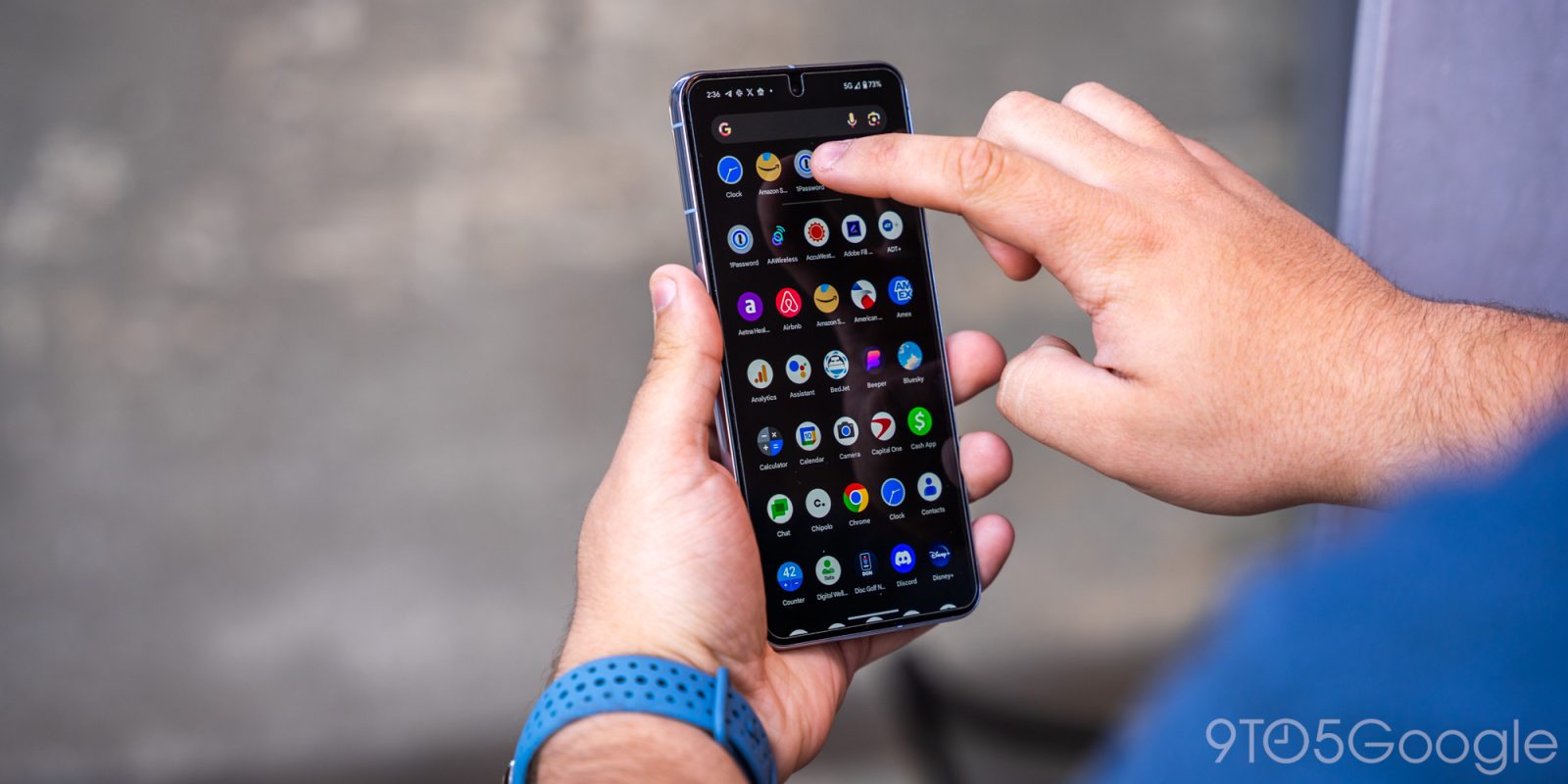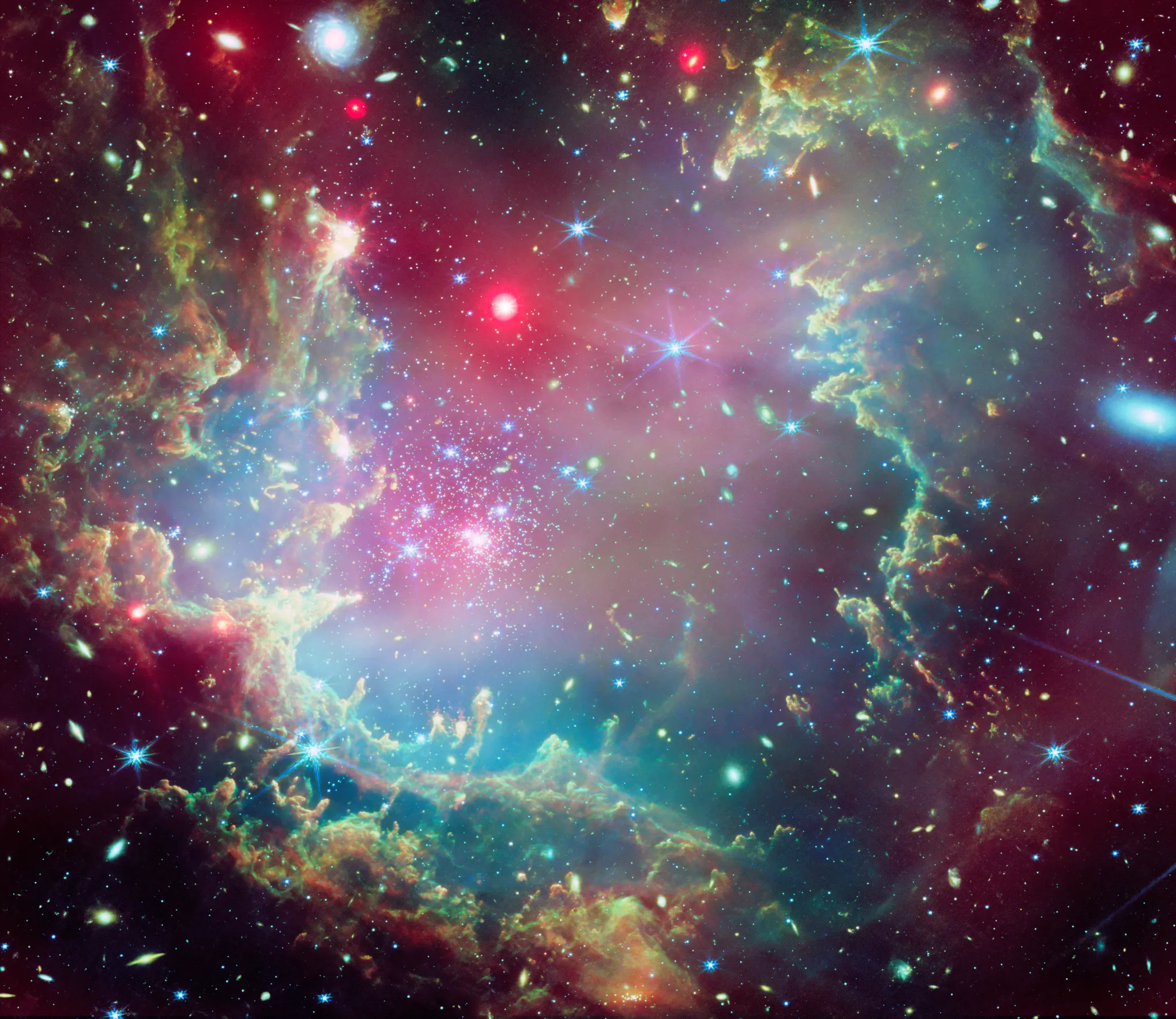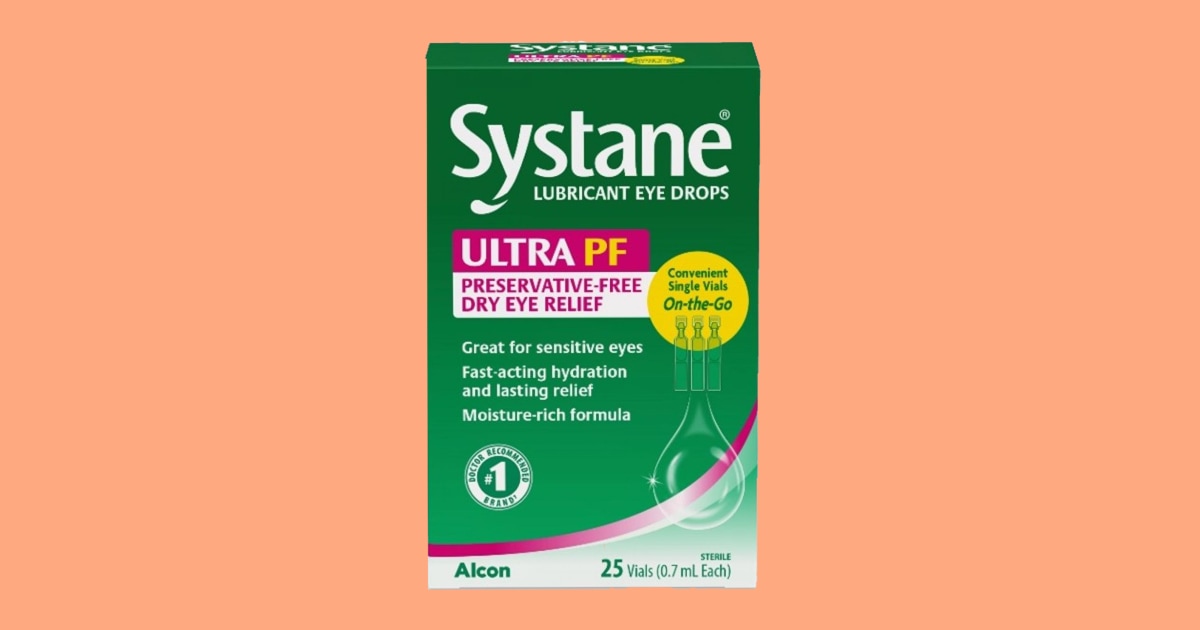Many people still rely on antennas for free, live TV viewing, even with the availability of cable, satellite, and streaming options. NextGen TV, also known as ATSC 3.0, has promised to revolutionize over-the-air (OTA) channels with features like 4K resolution and enhanced connectivity. However, the progress of NextGen TV has been disappointingly slow.
Now, the concept of digital rights management (DRM) poses a threat to the progress of ATSC 3.0 even before it fully takes off. Additionally, NextGen TV faces competition from well-established free-to-air TV channels that come pre-installed on most TV devices and include advertisements.
While there is still optimism about NextGen TV, it is important to examine the challenges that need to be overcome before it becomes widely available.
What is NextGen TV?
NextGen TV, also referred to as ATSC 3.0, is a free-to-air standard designed to enhance the capabilities of ATSC-compatible HD. Major cities in the US already have several HD channels, and some even have NextGen TV channels. The rollout of NextGen TV began several years ago, albeit at a slow pace.
NextGen TV offers features like 4K resolution, HDR, and seamless connectivity with devices in your home. However, it also comes with potential downsides such as targeted advertising and DRM. The most concerning aspect is the impact of DRM, as some of the new NextGen devices are disabling certain external options available in the market.
The Issue of 4K Availability
A NextGen TV channel in LA airing reruns of Seinfeld. Can you spot Walter White?
One of the main attractions of NextGen TV is its ability to stream content in 4K. However, over-the-air broadcasting has lagged behind cable, satellite, and streaming providers in offering 4K shows and movies. Currently, regular 4K broadcasts are non-existent, and instead, only HD rebroadcasts are available. This situation is not the fault of ATSC or any TV channel. Most TV shows are produced in HD, not 4K, and older TV shows are not recorded in 4K. This creates a dilemma where networks are reluctant to switch to 4K if there is limited demand for 4K content. On top of that, the limited bandwidth allocated to television channels restricts the number of “channels” that can be used, affecting the availability of 4K programming.
The Impact of DRM
The HDHomeRun app cannot play NextGen TV station KCBS due to DRM.
DRM is embedded code that can limit the playback of content on certain devices. In the case of NextGen TV, devices that do not meet specific requirements are blocked from accessing the content, resulting in messages like the one shown above. TVs with built-in tuners, manufactured by major companies, are generally compliant with the DRM requirements and can access all NextGen content, even with DRM protection.
The challenge arises when new DRM requirements are introduced after the development of certain devices. The implementation of DRM, already in use by some NextGen broadcasters, has led to the disabling of some original channels. For instance, the popular NextGen device, HDHomeRun, currently displays the aforementioned message when attempting to view a DRM-protected channel. The manufacturer, SiliconDust, is actively working on a solution to resolve this issue, but it serves as an example of the potential setbacks that can arise.
One of the few outdoor NextGen TV channels.
NextGen TV enables broadcasters to block recordings or set expiration dates on recorded content. Although most stations are currently not implementing these restrictions, NextGen TV allows for such control, unlike its predecessor, ATSC 1.0. The inability to record and watch shows later can be frustrating for many viewers. While most content broadcasted on NextGen TV is also available in a DRM-free format through HDTV (also known as ATSC 1.0), this is not always the case.
The proponents of NextGen TV downplay the concerns related to DRM, highlighting the fact that most TVs come with built-in tuners that comply with DRM requirements. They argue that these measures are designed to prevent piracy rather than hinder home recording. However, it is worth noting that similar arguments were made during the early days of DVR and in famous legal battles like Sony v. Universal. Ultimately, consumers prevailed, but not without significant resistance.
A list of rules issued by A3SA regarding copyright protection. Hopefully, stations will adhere to these rules.
Is NextGen TV the Latest Generation?
Most Americans can currently access NextGen broadcasts with a new TV or set-top box. However, if you cannot receive the latest OTA HDTV broadcasts (ATSC 1.0), there is a chance that you will be able to receive NextGen broadcasts due to its different transmission methods. The good news is that you can access NextGen programming, but the bad news is that most content currently broadcasted is still a variation of HD video rather than true 4K. Additionally, some channels may not be visible on certain devices at the moment, although this issue is expected to be resolved soon.
However, it may be too little, too late for NextGen TV. Earlier this year, the National Association of Broadcasters sent a letter to the Federal Communications Commission expressing concerns over the future of NextGen TV and urging the FCC to take action to ensure its success. The letter highlighted the importance of support from the electronics industry in creating devices that will enable consumers to access NextGen TV content. The lack of support could hamper progress, jeopardizing the future of NextGen TV.
Some of the NextGen TV channels and programs in Los Angeles.
While free OTA TV remains popular, it is no longer the exclusive option for accessing free content. Free, ad-supported video streaming platforms like Samsung TV Plus, Roku Channel, Tubi, and Pluto TV are available on most smart TVs and streaming devices. These platforms offer a wide range of shows and movies with occasional ad interruptions. Although they may not have the latest shows or your personal favorites, they provide free entertainment while you browse through social media apps.
Can both free ad-supported streaming (FAST) platforms and OTA TV coexist? The answer is yes, but the question remains whether enough consumers are willing to invest in an antenna and potentially a tuner to support OTA channels. Are consumers willing to make this investment now when there are still uncertainties surrounding the future of NextGen TV? One way to ensure the continued availability of OTA channels is by disabling the recording feature, a decision that will require careful consideration from all parties involved in NextGen TV. In the meantime, viewers will be eagerly anticipating any news and updates regarding the release of NextGen TV.
In addition to his expertise in broadcasting and display technologies, Geoff explores various museums and landmarks worldwide, including nuclear submarines, aircraft carriers, ancient palaces, and embarks on road trips spanning over 10,000 miles. You can find more of his tours and adventures on Tech Treks.
Geoff is also a bestselling sci-fi novelist and has a dedicated following. You can follow his experiences on Instagram and his YouTube channel.















